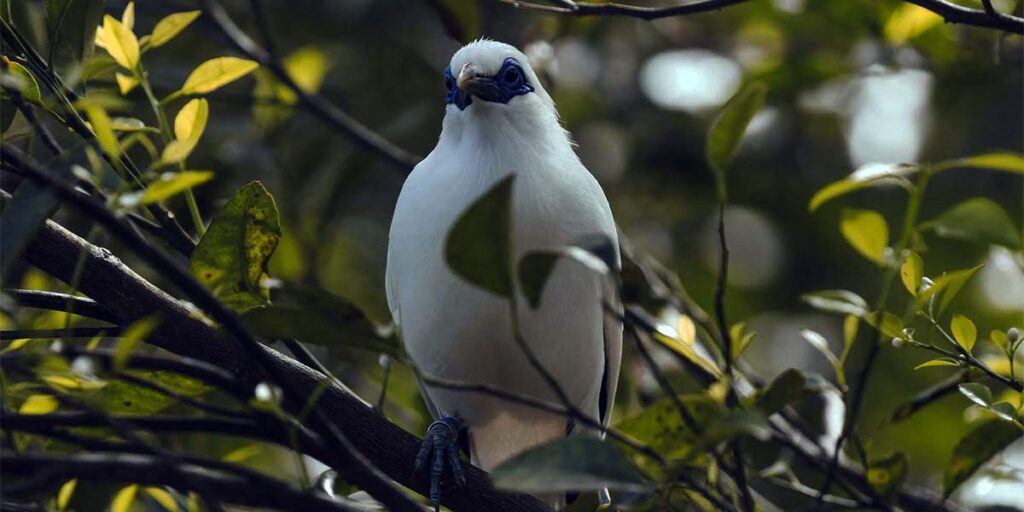In recent years, partnerships between nonprofits and private businesses have been driving conservation efforts worldwide, bringing hope for the future of our bird species. With many bird species facing habitat loss, climate change, and other threats, these collaborations are helping to bridge the gap between limited nonprofit resources and the vast potential of the private sector. By teaming up, nonprofits gain much-needed financial support and expertise, while businesses can enhance their corporate social responsibility (CSR) profiles and make a positive environmental impact.
How Nonprofits and Private Companies Collaborate
Nonprofits and private companies collaborate in various ways to support bird conservation, from financial backing to sharing expertise and technology.
Financial Support and Sponsorships
Many companies provide direct financial support for conservation projects. For example, the tech giant Google has financed satellite tracking systems that help scientists monitor migratory birds in real time, offering crucial insights into how climate change affects migration routes.
Co-Creating Conservation Projects
Collaborating to develop targeted conservation projects is another way nonprofits and companies work together. Patagonia, a leader in sustainability, has partnered with environmental organizations to restore ecosystems where endangered bird species reside.
On a similar note, Visioni Festival has collaborated with bird research nonprofits to create school educational programs, raising awareness about bird conservation. Through this initiative, they help fund research and provide resources to educate the next generation of conservationists about the importance of protecting bird species.

Technology Sharing and Data Support
Technology companies often provide critical tools that nonprofits can use for data collection and analysis. Through its AI for Earth program, Microsoft offers nonprofits artificial intelligence tools to track and analyze bird populations, providing essential data for more effective conservation strategies.
Employee Engagement Programs
Businesses also engage their employees in bird conservation projects, which helps build a culture of sustainability within the company. Unilever has involved its workforce in tree planting and habitat restoration efforts, benefiting local bird species.
How to Foster New Partnerships
Building effective partnerships between nonprofits and private companies is essential for expanding the reach and impact of bird conservation efforts. Successful collaborations require clear communication, aligned goals, and mutual commitment. Here are some practical tips for both nonprofits and businesses on how to foster new conservation partnerships:
| Step | Key Focus | Example |
| Align on Shared Goals | Ensure both parties’ goals and values match | A tech company aligning with bird conservation efforts |
| Start with Small Projects | Test compatibility with low-risk projects | Sponsoring a local bird habitat restoration event |
| Leverage Corporate Networks | Use corporate resources and connections | A company promoting conservation projects through its network |
| Communicate and Build Transparency | Maintain clear communication and regular updates | Establish a reporting system with regular progress updates |
| Showcase Impact | Highlight tangible results to strengthen partnership | Sharing success stories of restored bird habitats |
| Seek Long-Term Commitments | Foster multi-year commitments for sustainability | A multi-year agreement for bird research and conservation |
| Explore Innovative Funding Models | Find creative financing methods like impact investments | Considering an impact investment in conservation projects |
By focusing on these key areas, nonprofits and businesses can create strong, mutually beneficial partnerships that drive meaningful progress in bird conservation. Long-term success in saving bird species and habitats depends on collaboration, transparency, and a shared vision for a sustainable future.

Why Businesses Should Invest in Bird Conservation
Supporting bird conservation efforts offers businesses a wide range of benefits, from enhancing their public image to contributing to the long-term health of ecosystems that support various industries.
- Enhanced CSR and Reputation: Supporting bird conservation allows companies to demonstrate their commitment to sustainability, boost their CSR profiles, and improve brand loyalty among eco-conscious consumers.
- Eco-Friendly Product Lines: Businesses can develop environmentally friendly products tied to bird conservation and donate a portion of sales to conservation projects.
- Ecosystem Sustainability: By investing in conservation, businesses help maintain these ecosystems, ensuring long-term resource sustainability.
- Attracting Talent: Companies with strong environmental initiatives appeal to employees who value sustainability, increasing talent retention and workplace satisfaction.
- New Partnerships: Investing in conservation opens the door to collaborations with nonprofits, governments, and other companies, expanding networks and creating opportunities for joint environmental projects.
Whether through financial support, shared resources, or innovative projects, these collaborations provide lasting benefits for both the environment and the companies involved. In a world where sustainability is increasingly important, investing in bird conservation is a meaningful way for businesses to make a difference while achieving their goals.



